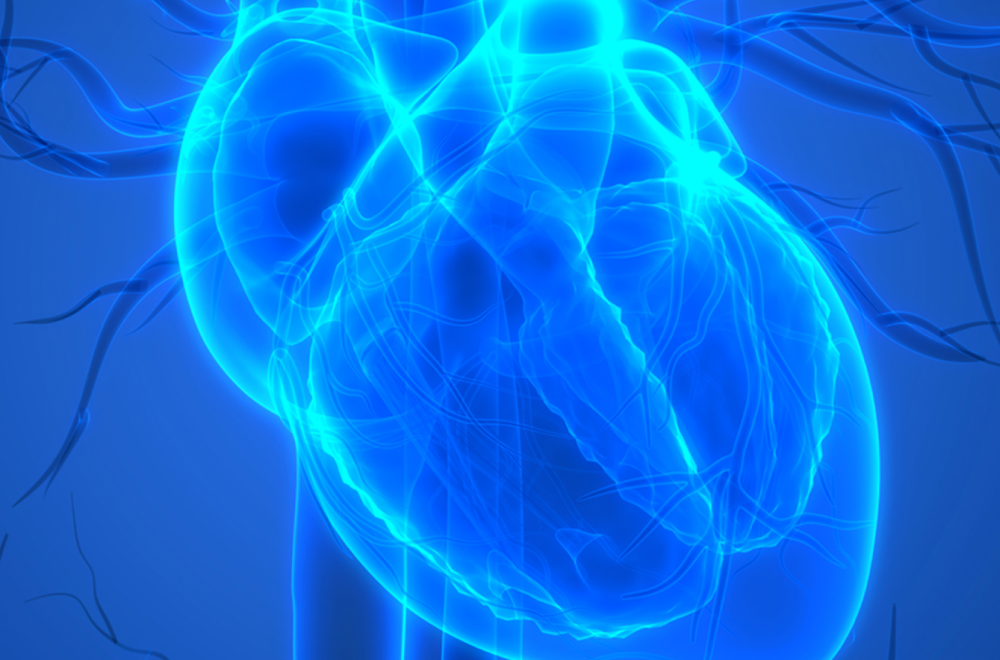
Coronary Angiogram Treatment
A coronary angiogram is a test that uses X-rays to look at the heart's blood vessels, called the coronary arteries. It's usually done to see if a blood vessel is narrowed or blocked. A coronary angiogram is most often used to diagnose coronary artery disease.
A coronary angiogram is part of a general group of heart tests and treatments called cardiac catheterization. Cardiac catheterization uses one or more thin, flexible tubes, called catheters. The tubes are placed within the major blood vessels of the body and the heart. The test requires a small cut in the skin. During a coronary angiogram, a treatment called angioplasty and stenting can be done to open any blocked arteries.
Sometimes, a computerized tomography (CT) machine is used to look at the heart's blood vessels. This type of angiogram doesn't need tubes placed inside the body. It's called a coronary CT angiogram (CCTA). It may be done to determine whether someone needs cardiac catheterization. A narrowing or blockage in the vessels cannot be treated during a CT angiogram. If the test shows a blocked or narrowed artery, the catheter type of coronary angiogram must be done.
Get expert Dr. Sai Ravi Shanker,Coronary Angiogram Treatment in Ameerpet, Hyderabad with the best heart specialists, Quick diagnosis, and advanced care.
Symptoms
A coronary angiogram involves the blood vessels and heart, so there are some symptoms. But major complications are rare. Possible symptoms and complications may includ:
- Blood vessel injury.
- Excessive bleeding.
- Heart attack.
- Infection.
- Irregular heart rhythms, called arrhythmias.
- Kidney damage due to the dye used during the test.
- Reactions to the dye or medicines used during the test.
- Stroke.
After a coronary angiogram, you are taken to a recovery area. A healthcare team watches you and checks your heartbeat, blood pressure and oxygen levels.
Explore More : Coronary Angioplasty
